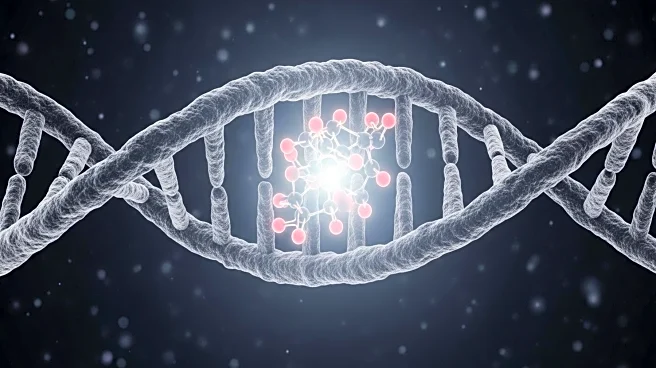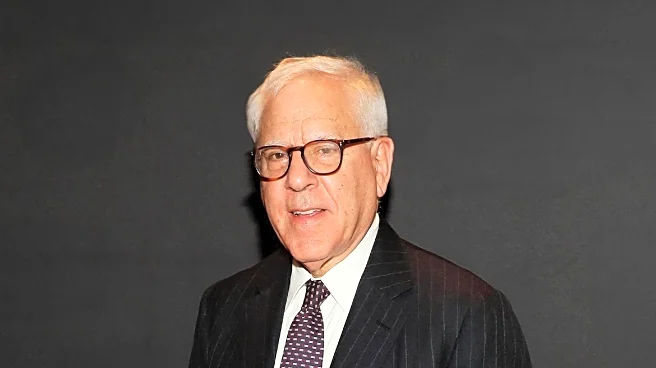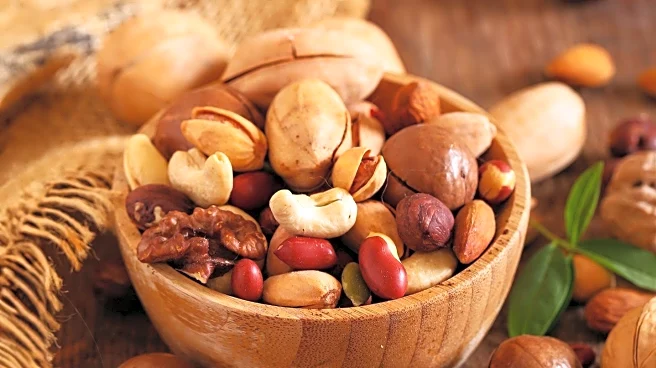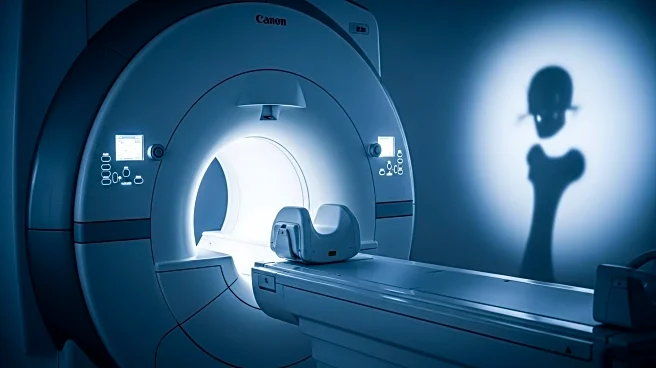What's Happening?
Mayo Clinic researchers have discovered a protein, KCTD10, that acts as a molecular traffic controller during DNA replication, preventing collisions between replication and transcription machinery. This discovery, published in Nature, enhances understanding of genomic stability and opens new avenues for cancer therapy development. KCTD10 detects potential conflicts between cellular processes and activates an enzyme to remove obstacles, ensuring smooth DNA replication. This mechanism is crucial for maintaining genomic integrity and preventing DNA damage, which is a hallmark of cancer.
Why It's Important?
The identification of KCTD10 as a guardian of genomic stability has significant implications for cancer biology. Its absence or malfunction can lead to genomic instability and tumorigenesis. Understanding this protein's role offers a therapeutic window to target cancer cells deficient in KCTD10, exploiting their vulnerability to DNA damage. This discovery could lead to precision oncology strategies, improving cancer treatment efficacy and minimizing side effects. The research underscores the importance of protein networks in maintaining genomic integrity and preventing disease.
What's Next?
Future research will focus on screening for drugs that can selectively target cancer cells with KCTD10 deficiency. Efforts will also aim to understand the prevalence of KCTD10 deficiency across various cancer types. This path may lead to breakthroughs in personalized cancer therapy, optimizing treatment strategies based on individual genomic profiles. The Mayo Clinic's Precure initiative will integrate these findings to develop predictive tools for early disease management.
Beyond the Headlines
The study highlights the evolutionary significance of co-directional replication and transcription machinery, suggesting an organizational strategy to minimize DNA damage. The interplay between KCTD10 and CUL3 exemplifies sophisticated cellular defense mechanisms. This research contributes to a deeper understanding of cell division fidelity and the complexity of intracellular coordination essential for life.












